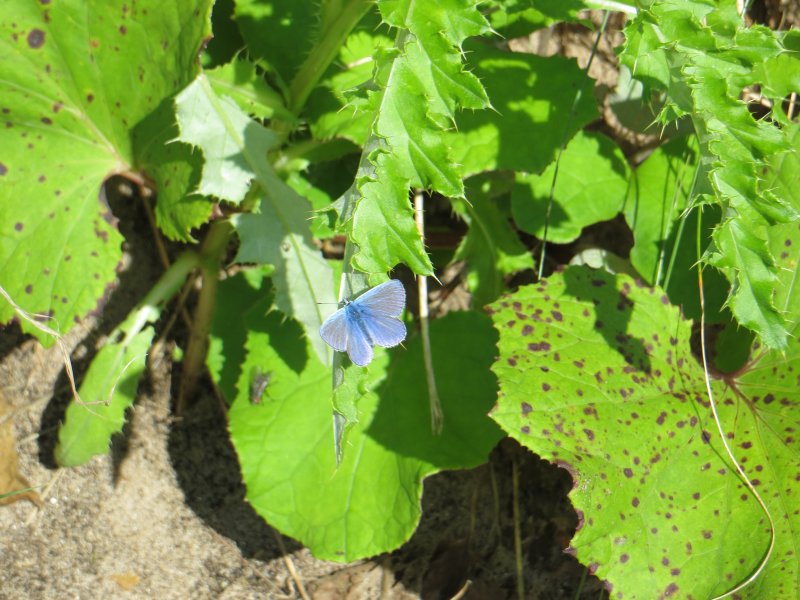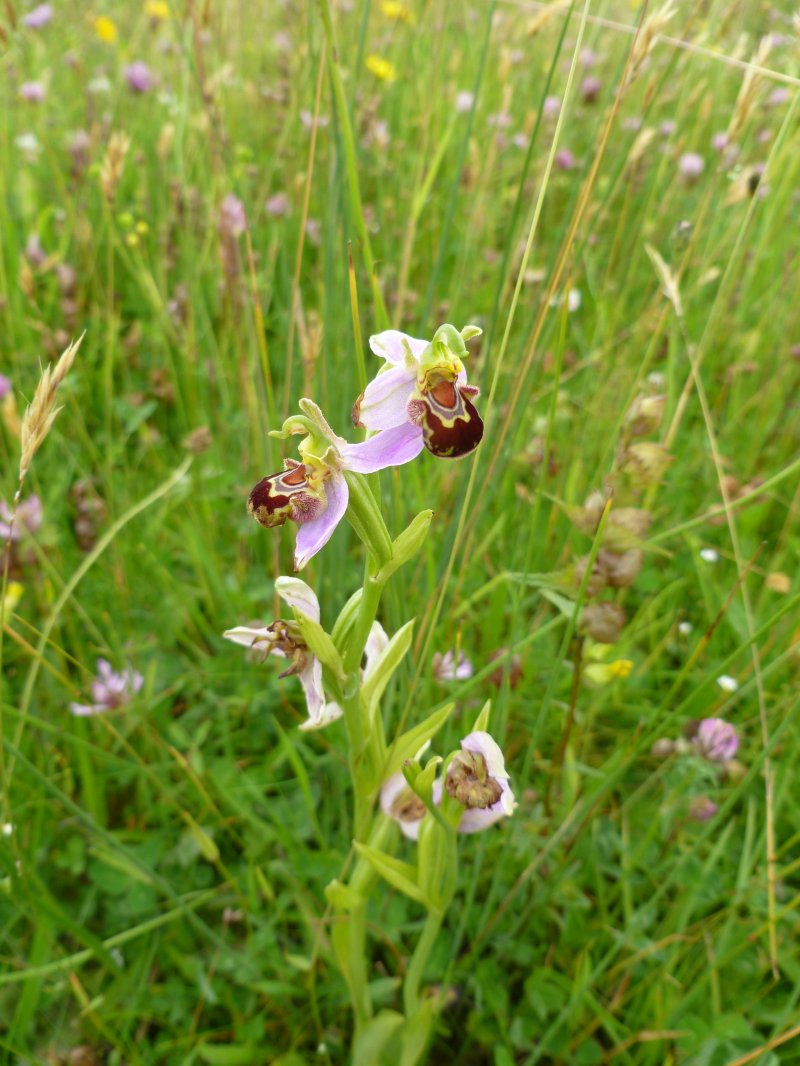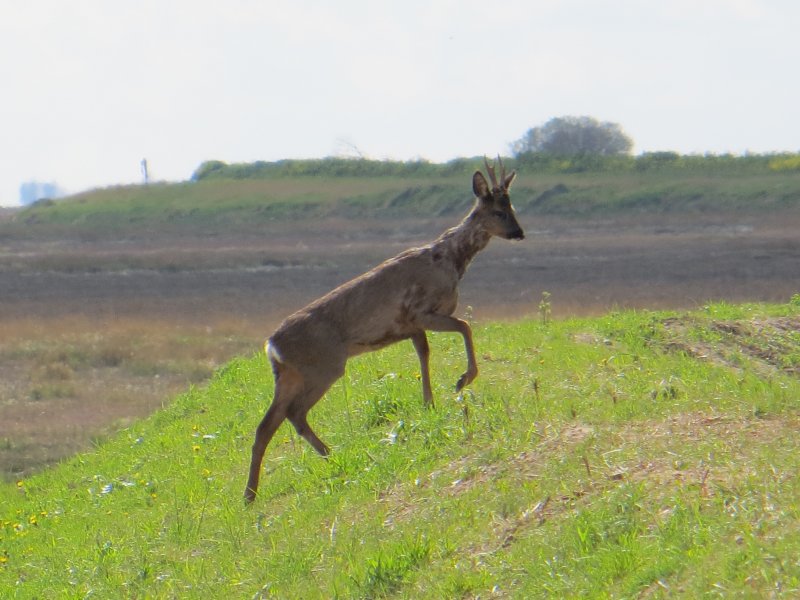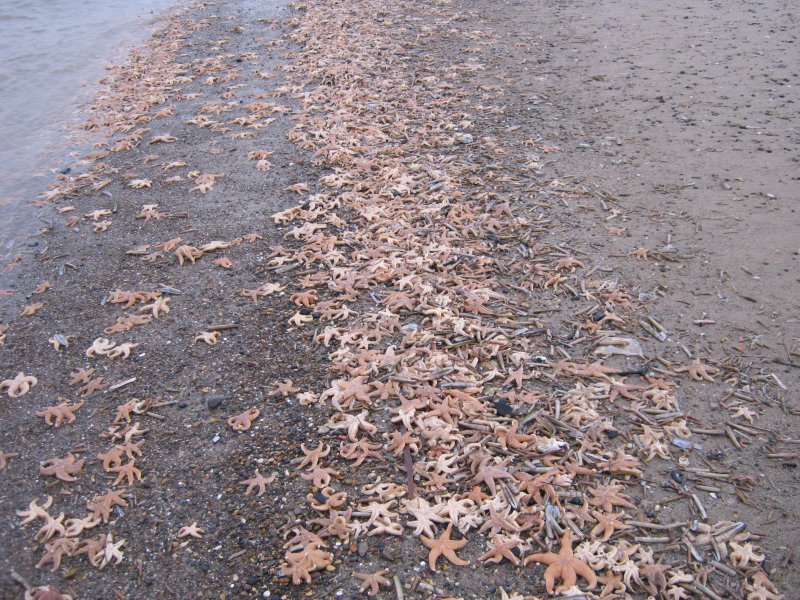Wildlife Watch - What to look out for in June!
Common Blue Butterfly (Polyommatus Icarus)

This beautiful little butterfly is common to see in June. It is a frequent garden visitor that will feed on nectar from a number of flowers. The male is bright blue with the female being less prominent. She is brown with a dusting of blue on the wings close to the body. The undersides of the wings have orange markings which differentiate this species from the Holly Blue’s (Celastrina argiolus) pale blue underwings. This is the first generation of this butterfly which disappears in July, only to reappear, with the second generation, in August.
Bee orchid (Ophrys apifera)

In meadows you may be lucky to encounter this diminutive little flower. The beautiful, tiny flower has evolved to attract other bees. It mimics the appearance of a female bumblebee to attract a male. As the male attempts to mate with the female the flower deposits its pollen for the male to take to the next flower and hence pollination occurs. This means the plant does not have to produce nectar for the insects.
Swift (Apus apus)
At dusk if you are in your garden you may hear screeching sounds in the air. Look up and this will be the calls of swifts flying about catching insects and displaying to themselves. These flying superstars are a sure sign that summer is here, even if the weather does not indicate this. They spend their whole lives in the air and only land to nest in the eaves of buildings, which have become a substitute for cliffs. Their long scimitar-like wings are very distinctive. These birds have flown from their wintering grounds in Africa to breed and bring up their young in Europe.
Roe deer (Capreolus capreolus)

These, normally shy, deer can be seen quite clearly now as the males roam the countryside looking for females after they have given birth. A small deer but much larger than the introduced muntjac (Muntjac reevesii) it is usually only active during dawn and dusk. They can now be seen in fields, reedbeds and the above animal was seen on the sea bank at Wainfleet, although they are historically a woodland species. The short two- to three-tined antlers are shed after the mating season. When alarmed they have a wonderful bounding gait to get away from danger.
Strandline safari
The strandline is marine debris dropped during the last tide. It is a fascinating area to explore and can give an idea of the huge biodiversity found in our seas – without getting wet.
Occasionally large “wrecks” of common starfish can be found washed up. These probably occur when there has been a storm at sea. Some will survive and be washed out again with the next tide. A bit of a feast for opportunistic shorebirds and gulls.

Lincolnshire Wildlife Trust, safeguarding wildlife and wild places in Lincolnshire and promoting understanding and enjoyment of the natural world from The Humber to The Wash.
Are you a member? Join today at www.lincstrust.org.uk
Dave Miller, Coast & The Wash Warden. Email: dmiller@lincstrust.co.uk

